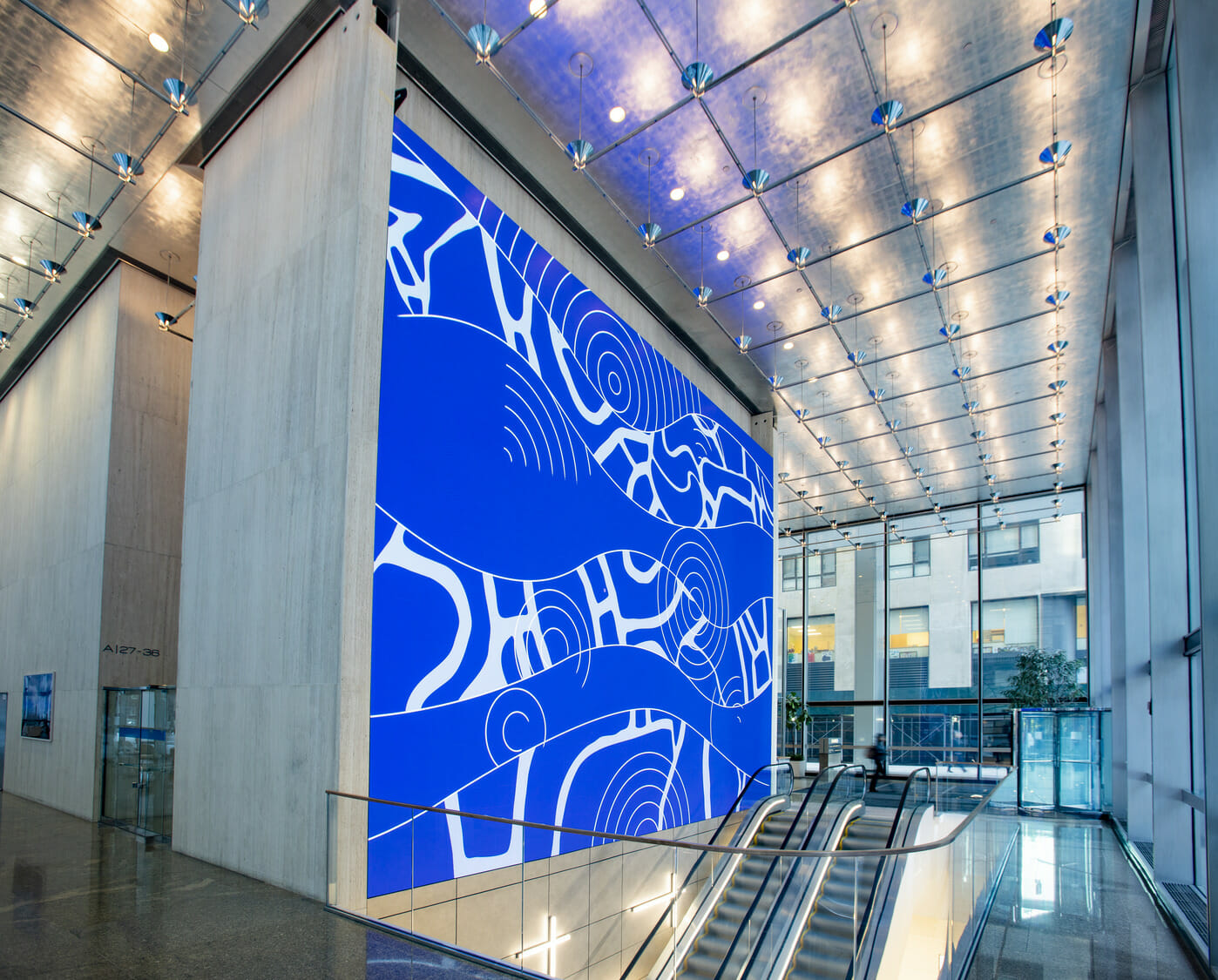Investigating the Essential Elements That Affect Luminance in LED Display Screens
Investigating the Essential Elements That Affect Luminance in LED Display Screens
Blog Article
Light Emitting Diode wall screens are progressively favored for both promotion and leisure due to their bright and vivid displays. Understanding the elements that affect the luminosity of these panels is essential for manufacturers and consumers alike. Luminosity is typically gauged in nits, which indicates how much illumination is produced from the surface of the panel. Several key elements contribute to the overall brightness, including the kind of LED used, the caliber of the screen materials, and the energy supplied to the panel.
The type of LED chip used in a panel panel plays a significant role in its luminosity. Various LEDs produce differing levels of light output, which gauge the amount of light perceptible to the mortal eye. High-quality components, such as those made using advanced technology, can produce brighter illumination with higher efficiency. Furthermore, the hue temperature of the LED also affects perceived luminosity. For instance, colder color tones (higher Kelvin values) can seem brighter than warmer ones, even at the same light output rating. This feature is important for applications where visibility is important, such as in outdoor promotion.
The substances used in the construction of LED wall panels also affect their brightness. The kind of substrate and encapsulation materials can affect how much illumination is conducted versus how much is taken in or dispersed. For example, a panel made with premium clear material will allow more illumination to flow through than one made with lower-grade materials. Additionally, the configuration of the panel, including its thickness and the arrangement of the LEDs, can enhance or reduce brightness by influencing how light is spread across the screen.
The power supply provided to the Light Emitting Diode wall screens is another critical element in determining brightness. Each LED component has a specific electric potential and current need for optimal functioning. If the energy supply falls short, the luminosity of the panel will decrease. Conversely, providing too much energy can lead to overheating and reduced durability of the LEDs. Therefore, ensuring a stable and sufficient power source is crucial for achieving uniform brightness levels. This is especially important in learn the facts here now dynamic displays, where brightness may need to be modified for varied lighting conditions.
Finally, surrounding factors can influence how luminosity is perceived. Ambient illumination conditions play a significant role in how luminous an LED panel screen looks. In bright sunlight, for example, a screen with a lower luminosity rating may struggle to be visible clearly, while a more luminous screen can stand out more efficiently. Additionally, the angle from which the screen is viewed can affect luminosity perception due to how illumination bounces off surfaces. Understanding these elements helps consumers choose the appropriate LED wall panel for their requirements and ensures that manufacturers create products check this link right here that meet luminosity expectations for various applications.